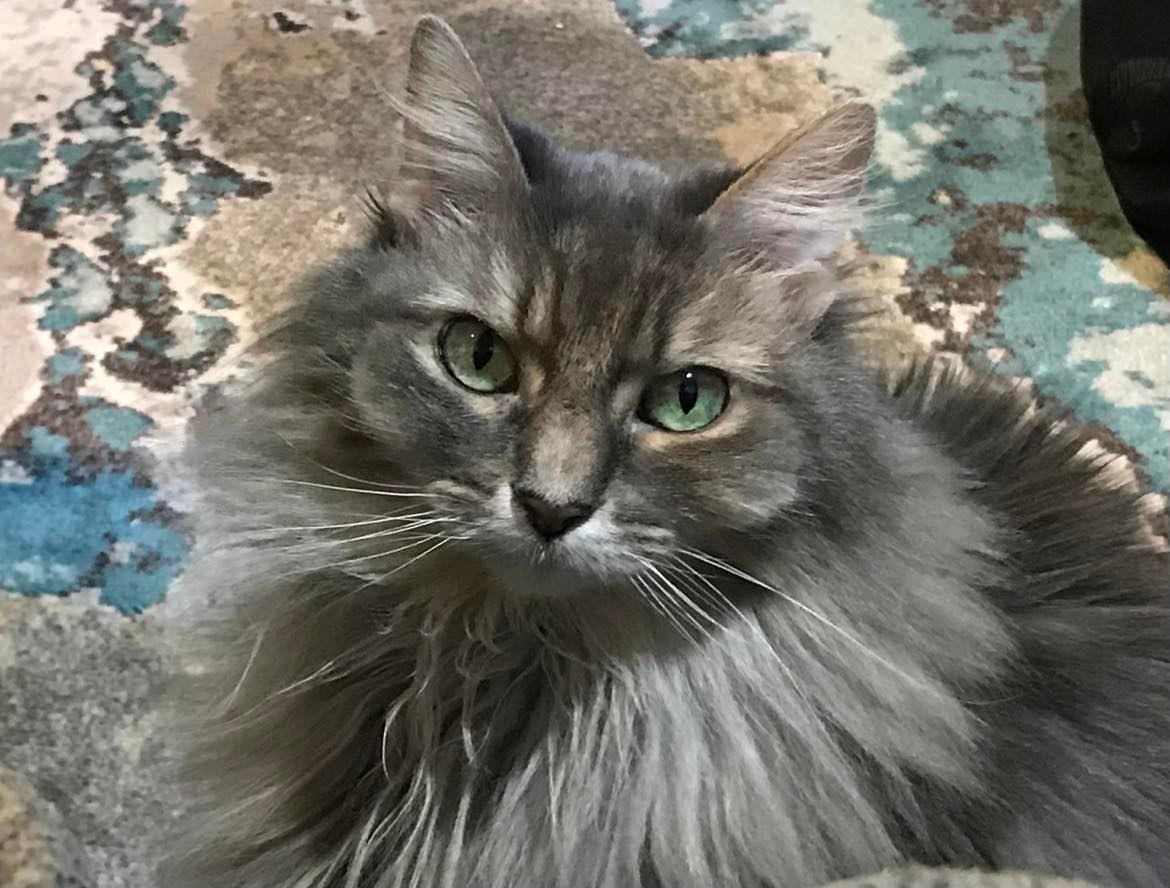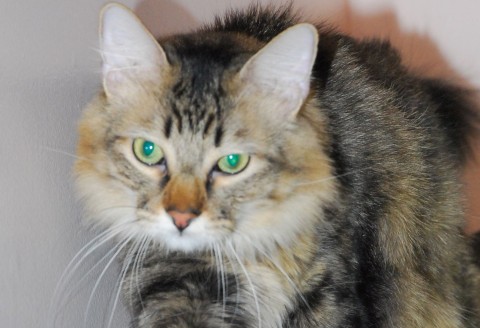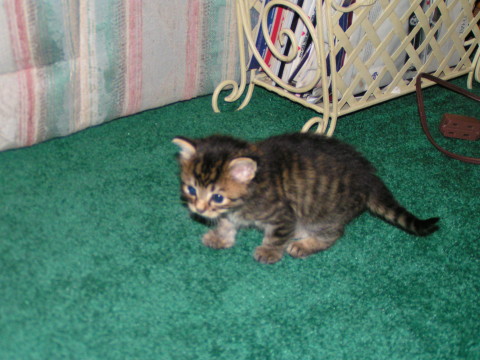This article has been republished from my column on Examiner.com, with minor alterations.
A new study discusses the possibility that cats and other mammals can have ultraviolet vision, which may explain some of their crazy antics. The study’s leader, Ron Douglas, of the U.K.’s City University in London, said, “Nobody ever thought these animals could see in ultraviolet, but in fact, they do.”
The researchers studied the eyes of animals that had died at zoos, vets’ offices, and even slaughterhouses. They measured how much light, and what types of light, got through to the retina. Many mammals, including cats, have lenses that let at least some UV light through. This is why cats may have ultraviolet vision.
How ultraviolet vision may make cats act crazy for no reason
If cats have ultraviolet vision, then some of their crazy behaviors might be reactions to things we can’t see. It’s long been known that cats don’t see the world as we do. Cats are crepuscular creatures, so they’re most active at dawn and dusk, which is when our eyes start having problems. Ultraviolet vision may very well help with this. In daylight, cats could easily see things that are invisible to us, which cause them to suddenly run into another room, or jump, or disappear under the furniture.
It might even explain why kittens suddenly do the sideways dance for no reason.
According to LiveScience, cats’ eyes also have as much as eight times the receptor cells that our own eyes do. This allows their eyes to receive a lot more light in the dim conditions that exist at dawn and dusk. These images from LiveScience’s website show what cats might see, compared to humans, in the dark.
Despite the ultraviolet vision, cats don’t see color as well as we do
Cats also likely don’t see color as well as we do. Our eyesight, in the daytime, is very color-rich, and clearer and more vivid than cats’ daytime sight. Where we see vibrant greens and blues in a summer landscape, cats might see the colors in the same image as it would appear in, say the fall or early spring. The colors are far less vibrant, and what appears as vivid green to us might be brown or a dull yellow to cats.
The lenses of human eyes block out ultraviolet light, possibly because we have such good daytime vision that ultraviolet vision isn’t necessary. However, people who’ve had their lenses removed (for instance, due to cataract surgery) can see ultraviolet ight.
Scientists don’t know what purpose ultraviolet vision would serve for cats right now. It’s very likely that it helps them see their prey—and their enemies—better in the minimal light of dawn and dusk. But in the bright light of day, who knows what they see?
Of course, they are cats. Maybe their ultraviolet vision has nothing to do with their silliness.




